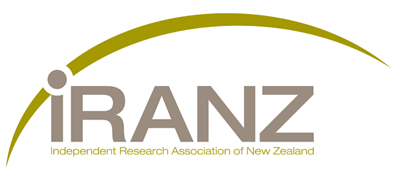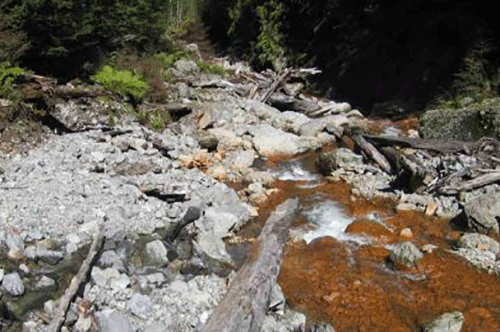CMER releases new mine environment life-cycle guides
Mining is an important economic activity in New Zealand, and it has a long history that is often linked with important cultural developments. However, the process of mineral extraction inevitably affects the surrounding environment, and there have been few tools available to help mining companies and regulators assess and predict the environmental impacts of mining operations for New Zealand’s geology and environmental conditions.
The Centre for Minerals Environmental Research (CMER), led by Dr James Pope of CRL Energy, has recently published comprehensive Mine Environment Life-cycle Guides for coal mines, mesothermal gold mines, and epithermal gold mines - extending the New Zealand Minerals Sector Environmental Framework and the Mine Drainage Framework. The guides have been developed as part of a collaborative research programme between CRL Energy Ltd, University of Canterbury, University of Otago, University of Auckland, O’Kane Consultants (NZ) Ltd and Manaaki Whenua – Landcare Research, and with key mining partners, to assist with the planning of future mine developments in New Zealand.
The Guides bring together previous minerals sector environmental planning tools and provides guidance for minerals sector companies as they proceed through operations to closure and post-closure. Dr Pope says they include guidance on stakeholder engagement (particularly iwi engagement), and aim to “reduce the uncertainty surrounding the achievement of agreed post-mining outcomes for future, operating, and closed mines during planning, operations, and closure”.
The Guides examine the geochemistry of mine waste rock and mine drainage, the freshwater ecology of mine-affected catchments, and the effectiveness of water treatment techniques and terrestrial rehabilitation techniques for different mine types and environments to achieve intended outcomes.
Highlighted are innovations within the minerals sector in New Zealand using case studies, with current knowledge from the global minerals sector to provide guidance on state-of-the-art mine environment management practices. The economics of alternative environmental management options are also assessed.
“Increasingly, a social licence to operate is required to enable successful minerals sector development, which requires meaningful participation from iwi, local communities, and other stakeholder groups. Changes to mining legislation and regulatory guidance also place increased focus on iwi participation and engagement. For this reason, stakeholder engagement – particularly iwi engagement – from an early stage of mine planning is a focus in the Guides. In New Zealand, ‘everywhere is someone’s back yard’ compared to other countries, where mining often occurs in unpopulated or sparsely populated areas,” says Dr Pope.
“Although no generic approach to participation and engagement will be appropriate for all sites, there are some common themes that have been articulated by Māori, mining companies, and regulators, and these are incorporated in the Guides.”
The Mine Environment Life-cycle Guide has been developed with input from end-users including the Department of Conservation, Straterra, West Coast Regional Council, Waikato Regional Council, Northland Regional Council, New Zealand Coal and Carbon, OceanaGold, Bathurst Resources, Solid Energy New Zealand, Tui Mine Iwi Advisory Group – in particular Pauline Clarkin, Ngātiwai Trust Board, Ngāi Tahu, and Minerals West Coast. Funding was provided by the Science and Innovation Group, Ministry of Business, Innovation and Employment (MBIE).
For copies of the Guides see the CMER website.
Date posted: 12 December 2018

